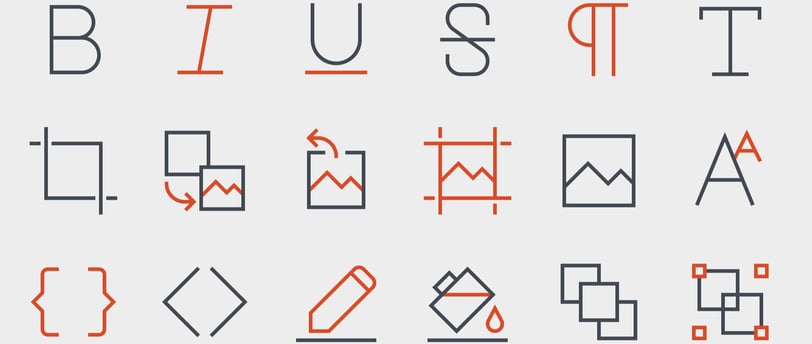How to treat your correspondence as a visual object
Pay attention to formatting, white space, typography, and visuals to ensure that all elements work together harmoniously.
SOCIAL MEDIASOCIAL SELLINGSTORYTELLINGSALESB2B


As a writer, it can be easy to overlook the visual aspect of your work. However, treating your copy as a visual object can enhance its impact and effectiveness.
Here are some tips for treating your copy as a visual object:
Use formatting to your advantage
Formatting is one of the simplest ways to make your copy visually appealing.
You can also experiment with font sizes and styles to create a sense of hierarchy in your writing. For instance, using a larger font size for headings can help them stand out on the page.
Create white space
When laying out your copy, be mindful of the white space you leave around each element. White space creates breathing room for the reader's eyes and helps each piece stand out.
You can use white space by breaking up long paragraphs or sentences into shorter ones, adding extra line breaks between sections, or using blank pages or images between each chapter.
Incorporate visuals
Another way to make your copy appealing is by incorporating visuals like images or graphics. This can help break up text-heavy pages and keep readers engaged with your content.
When selecting images or graphics to include in your writing, consider the color scheme, tone, and overall design aesthetic to ensure they fit into your piece's overall look and feel.
Focus on typography
The typography you use in your writing creates an appealing final product. Make sure you're choosing fonts that align with your piece's tone and any branding guidelines from yourself or whoever you may be working under, if applicable.
Factors like letter spacing (kerning), font weight (boldness), stroke thickness (or width), etc., should be considered as they can influence how readers perceive your typography.
Test and revise
Finally, testing and revising your layouts as you go along is crucial. This allows you to experiment with different visual elements, like spacing or font choices, and see which resonates with your target audience.
Throughout the writing process, check on the readability of your content. You can spot misspelled words or sentences that don't quite fit right when going back over them, which helps ensure that everything has a cohesive flow and is easy to read and understand.
In conclusion, treating your copy as a visual object involves paying careful attention to formatting, white space, typography, and visuals to ensure all elements work together without overshadowing one another. By following these tips, you can create appealing writing pieces that will grab readers' attention while giving them a gratifying reading experience until the end.
